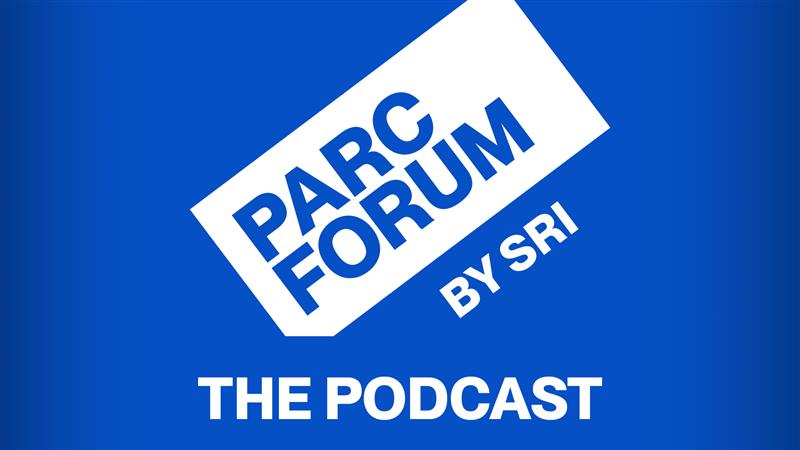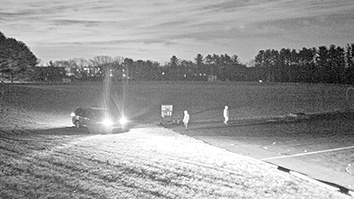
As part of a nationwide longitudinal study of adolescent brain development, researchers use AI to analyze data to pinpoint obesity risk factors.
Using machine learning to comb through scads of sleep, physical activity, heart rate, and other biometric data gathered from Fitbit devices worn by a cohort of nearly 3,000 U.S. adolescents, researchers at SRI have published a set of specific health warning signs for adolescent obesity.
“This study goes beyond simple associations to identify important risk thresholds and, more tellingly, to explore the interactions between various biometric, demographic, and behavioral factors that drive obesity,” said the study’s first author, Orsolya Kiss, Research Scientist in SRI’s Human Sleep lab. “We hope health professionals, like pediatricians and nutritionists, use these thresholds to help kids who are most at risk of obesity and develop new and effective interventions and treatments.”
Obesity continues to be a significant public health concern across the U.S., especially in adolescents. One in six is diagnosed as obese and another third is described as at-risk for obesity. These risks appear in race, ethnicity, and socioeconomic strata, leading to greater prevalence in minority populations and low-income communities — trends that have worsened in recent decades. More troubling, however, Kiss says, adolescent obesity often continues into adulthood where the negative consequences on overall health and life expectancy are greater.
The ABCDs of adolescent health
The study appears in the journal Nature Scientific Reports and is just one of several peer-reviewed papers published as part of SRI’s contribution to the Adolescent Brain Cognitive Development (ABCD) study. The decade-old, U.S.-focused ABCD study is ongoing and has collected data from tens of thousands of participants. It is the single largest long-term study of brain development and child health ever undertaken. Nearly 2,000 peer-reviewed papers have resulted from its data.
“We hope our findings can inform guidance for health and sleep professionals to improve adolescent sleep.” — Jason Nagata
SRI is one of 21 participating institutions who contribute data and publish findings under the ABCD study. SRI’s Fiona Baker, Director of SRI’s Center for Health Sciences and its Human Sleep lab, is co-author on the obesity risk study. Another ABCD study co-authored by SRI’s Baker and Kiss together with University of California, San Francisco pediatrician Jason Nagata, MD, who led the study, looked at the concerning connections between adolescent screen use and sleep health.
“We found that using phones or social media at bedtime was associated with sleep disturbances. Like the data in the obesity study, we hope our findings can inform guidance for health and sleep professionals to improve adolescent sleep,” Nagata said.
Risk under the microscope
Risk factors identified in the obesity study range from the demographic data, such as being of a non-White race and low-income households, to the personal and physical, such as late bedtimes, short sleep durations, variations in sleep timing, low daily step counts, and high heart rates.
“These findings really highlight the critical importance of getting enough sleep and the high costs of physical inactivity,” Kiss said. “But it points out that socioeconomic inequalities often contribute to adolescents’ concerning increased risk for obesity.”
SRI’s work primarily focused on the analysis of large amounts of data generated by the ABCD study. Kiss says the findings are intended to inform and guide clinicians, policymakers, nutritionists, and others as they develop potential interventions to address adolescent obesity.
In that regard, Kiss emphasized that machine learning is a valuable tool that enhances the predictive power in scientific data, allowing researchers to identify complex interactions among factors, not just the factors by themselves, and specific thresholds that traditional methods may not reveal.
“We think this study emphasizes the clinical applicability of wearable devices to continuously monitor sleep and cardiovascular health to point out the tipping points of obesity risk that lead to effective interventions and treatments to improve health for these at-risk groups,” Kiss said.
Next up, Kiss and colleagues are looking at the potential to expand their research beyond obesity and to develop targeted community interventions and therapies based on these and future findings.
Learn more about our innovations in health.



